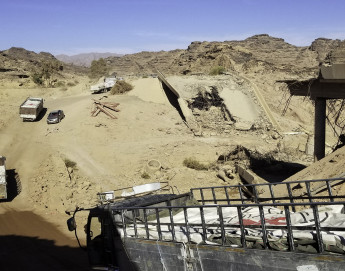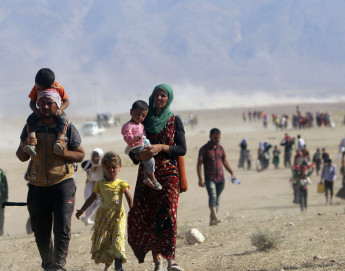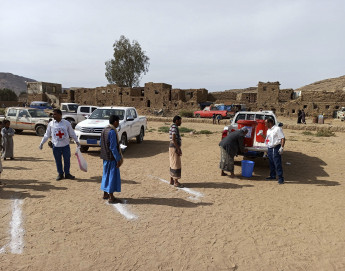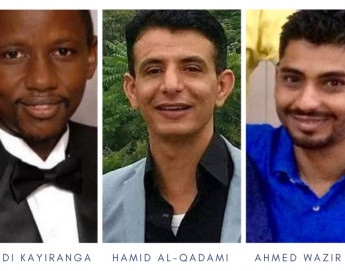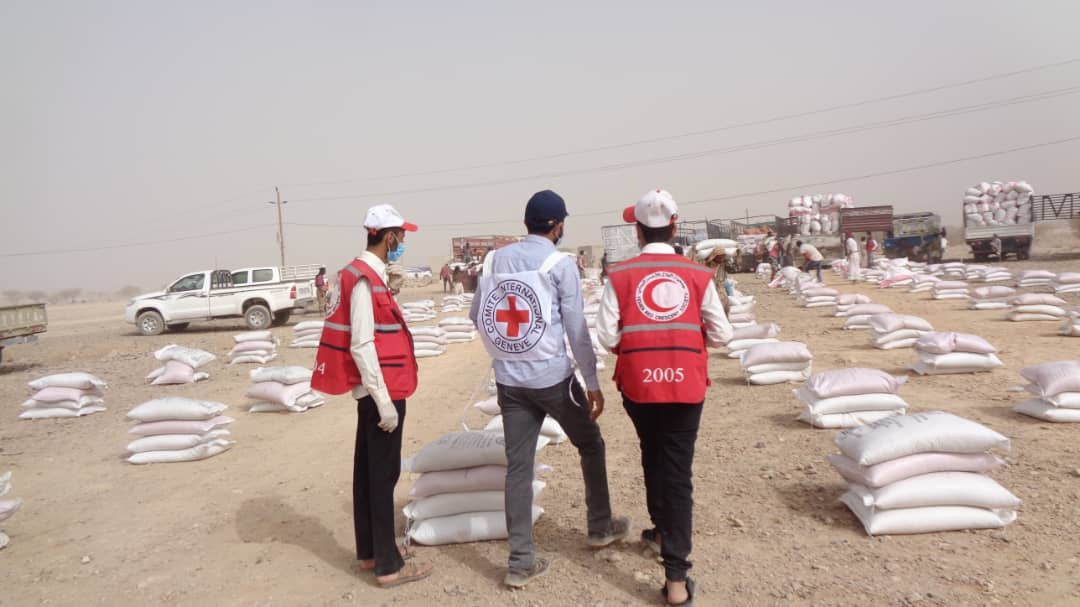
The bloodstained beauty of Yemen
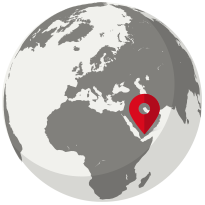
I remember the peculiar emotions that gripped me when I told my family I was going to Yemen.
It was Christmas 2019 and I was having a classic Italian family dinner with a long table stuffed with delicious homemade food. I was anxious to talk to my family about my next mission in Yemen.
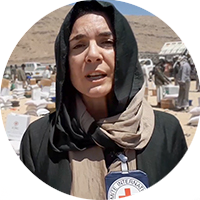
During my more than 15 years as a humanitarian worker, my family had seen me depart to conflict and war zones across the world. I thought the news of my departure to Yemen might have been too much. I was looking for the right moment to drop the news.
Finally, I found it: as my sister served the seafood spaghetti. Nobody would have to time to object since seafood must be eaten while the pasta is still warm. One does not waste time with unnecessary discussion.
I began with a timid sentence: "My next assignment will be in Yemen. I'll leave in few weeks."
As expected, half of the table was distracted while the others looked at me with a mix of disappointment and concern. Some asked incredulously: "Yemen?"
I was feeling guilty until my mother said: "There is a war, but someone has to go".
I felt this was the essence of my work with the ICRC. If not us, who should this "someone" be? Indeed, "someone" must help in alleviating the suffering of those so harshly affected by protracted conflict.
That dinner was delicious. But it was a long time ago. I would have never imagined that more than a year would have passed before being able to book my flight back home and hug my family again.

The era of COVID-19 had just started. I witnessed the blast at the port in Beirut on my 40th birthday and finished the 2020 year with the agony of the loss of our colleagues at the Aden's airport attack. I quickly learned that I would have never been resilient as much as the Yemenis are.
I would not have imagined, even not by the sense of destruction that welcomes you at the arrival in the country. Yemen would have been the country where all the possible adversities can be cumulated and combined, constantly keeping you on the brink of collapsing.
I should have realized it on the first day of my mission, when I got lost at the ICRC's delegation building in Sana'a trying to get out from the labyrinth of corridors unclearly connected to each other, that this would have been the metaphor of my mission in Yemen.
While the entire planet was in lockdown, I had the privilege to travel across Yemen to provide assistance to the COVID-19 quarantine and isolation centers, to support with food and medical supplies to the isolated communities on the frontline areas.
In collaboration with @YemenCrescent, the ICRC distributed food and other essential items to more than 9000 people from families who have been displaced and otherwise severely affected by the ongoing conflict in #Marib Governorate. pic.twitter.com/bQNBiXIxWv
— ICRC Yemen (@ICRC_ye) March 29, 2021
I travelled through beautiful Sana'a, Yemen's capital, with its unique and breathtaking architecture and colorful windows, passing through the dynamic city of Dhammar, reaching the green valleys that guide you to Ibb Governorate, down to the south where Al-Dhale lies with its expansive farm fields.
The long and exhausting trip from Sana'a to Marib, where I enjoyed the priceless privilege to see Yemen's landscape from the vantage point of ICRC's aircraft, a view most Yemeni people have never managed to see: the beautiful bay of Aden with its fishermen and their small boats that become more and more colorful when the RED (the code name of the ICRC's aircraft) approaches the airport.
When the RED does its majestic tour on the bay of Aden you can touch the water, smell the fish and feel the sea breeze on your face.
I had moments in Yemen where I saw beauties around me and I forgot the devastation surrounding me.
Yemen is a palette of the nature: the fresh air of Sana'a, the water of Aden, the desert of Hadhramaut, the field of Ibb's valleys.
Travelling from Seyoun to Marib was my One Thousand and One Nights with 400KM of road surrounded by majestic stones, where the mountains are kissed by the first light of the early morning and the last moment of sunset.
A quick look from the windows of our car to the romantic Shibam city, the Manhattan of the desert, before starting our long road surrounded by camels.
Many military check-points in the desert remind you that half a decade of conflict is also a part of the landscape, a conflict where 80% of the population (just over 24 million people out of a population of 30.5 million) – needs humanitarian assistance.

This is a conflict that has led to deteriorating economic realities affecting families in almost every governorate, city, or village I visited in Sana'a, Dhammar, Al Bhaida, Ibb, Al Dhale, Hadhramout, Marib, leaving millions of people surviving on just one meal a day.
As head of an ICRC sub-delegation, I covered an area with extended active frontlines from Al Jawf to Marib, Al Bhaida, Al Dhale, and Taiz. I have been overwhelmed by the humanitarian needs, the overwhelmed morgues, and the overflowing hospitals.
Schools were often empty. I saw kids in places where they should never be: quarantine centers at the frontline area, outside the morgue waiting to see their father's body, at hospital with their mothers waiting for someone to help them overcome their malnutrition.

Yes, Yemeni people are suffering but they still can smile at you and share with you whatever they have. Thousands of suffering stories are being hidden behind their smiles.
The long years of the conflict have left unseen scars and unseen pain. Yemeni people need the whole world to support them and to find an end for the ongoing conflict to be able to heal their wounds and restore their normal life.
A year on mission in Yemen has left me exhausted. Half a decade of war has left Yemenis exhausted. But nothing lasts forever, and I look forward to the day this war comes to an end.
With your help we can continue delivering life-saving aid. Please make a donation today.

